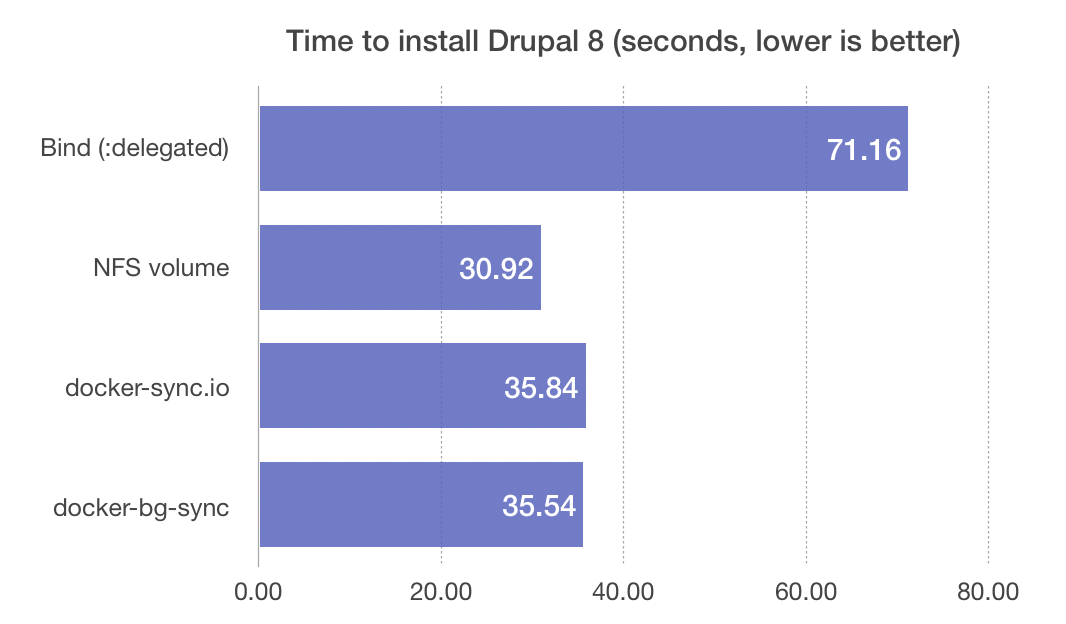
Then simply run your docker-compose up -d as usual in your symfony project folder (or whatever project you are using with docker) and everything should work. chmod 777 -R /tmpĦ.) If you did it right when running the script it will look like this.
#Docker osx full
In otherwords, it should be in Users/username.Īlso, make sure /tmp folder has full write permissions since the script needs to write here or this won't work either. Make sure you are NOT logged as root, and make sure you pulled the git repo into your users ~ folder not the root ~ folder. it seemed to be the only way to get it to work on my friends computer.
#Docker osx upgrade
If this loop of death continues make sure you upgrade docker and then restart your computer. This is a nice shortcut to quickly get to it and clear it out in your favorite text editor.Īlso make sure no containers are running or you will get the. You can quickly get to the exports file like this in Mac if you make any errors and just clear it out to start over. If you see anything other than this you were not running with bash. In fact anytime you make any changes you will have to clear your exports file.ĮDIT:: IMPORTANT - Remove the /private and volumes! This should only be users/username now! Please note DO NOT RUN as sh d4m-nfs.sh this will create errors and you will have to delete your exports file to start over. If done correctly there should be no errors and this should work. d4m-nfs.sh which uses the Shebang for what shell should run it. Restart docker and docker-compose down any containers as well.ĥ.) Finally navigate to the d4m-nfs directory we created in step 1 and type the following command, /bin/bash d4m-nfs.shĮdit The correct way to type the command above is this as another user from the github (if-kenn) pointed out. I mean nothing else it won't work if there is anything else since it will create conflicts with the NFS systems that the script will make for you later. Make sure only /tmp is showing and NOTHING ELSE. What the above does is allows you to still use relative folders with docker-compose and allows all ports to connect on it hence the 0:0.Ĥ.) Go to your docker preferences and do the following Users/yourusername:/Users/yourusername:0:0

#Docker osx code
To do this open up terminal and type cd ~Īlternatively you can also do this in a one liner git clone ~/d4m-nfsĢ.) Next go into the d4m-nfs folder and create a new file in the /etc folder and title it d4m-nfs-mounts.txtģ.) Add the following lines of code to this. The key here is to understand this solution creates NFS (Network File System) drives as the means of communication from the Docker Containers to your Mac instead of the standard OSX File System which is very slow currently either due to bugs or the way it works*ġ.) Clone this repo here ( ) in your home directory.

Okay the user Spiil gave a solution but I wanted to elaborate on the exact steps to take since I went through 12 hours trying to figure it out, but once you know how its super easy and fixes all the slow down issues!


 0 kommentar(er)
0 kommentar(er)
